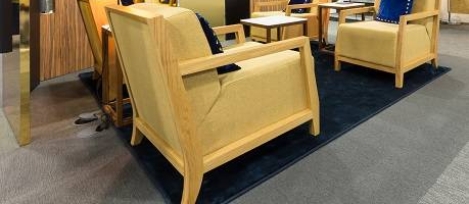July 4, 2016
Government should stop using technology to put lipstick on a pig, says report 0
 A new report from Brunel University London claims there needs to be a complete turnaround in the way governments and researchers think about how digital technologies can change the public sector. The report was published to coincide with the 11th National Digital Conference in London. The working paper, which invites feedback from practitioners in the field, explains how the only coherent way to achieve any real impact is to embed the potential of technology in the instruments that make governments’ policies real. Policy instruments are the tools that governments use to drive change in the economy and society and include licences, information campaigns and more tangible things like public services and infrastructure. The paper, entitled; Digital Government: Overcoming the Systemic Failure of Transformation, claims that even the most recent approaches still come from the perspective of technology, not the core policy-making functions of government.
A new report from Brunel University London claims there needs to be a complete turnaround in the way governments and researchers think about how digital technologies can change the public sector. The report was published to coincide with the 11th National Digital Conference in London. The working paper, which invites feedback from practitioners in the field, explains how the only coherent way to achieve any real impact is to embed the potential of technology in the instruments that make governments’ policies real. Policy instruments are the tools that governments use to drive change in the economy and society and include licences, information campaigns and more tangible things like public services and infrastructure. The paper, entitled; Digital Government: Overcoming the Systemic Failure of Transformation, claims that even the most recent approaches still come from the perspective of technology, not the core policy-making functions of government.































July 5, 2016
Employers need more help in navigating the Apprenticeship Levy 0
by David Allison • Comment, Workplace
(more…)